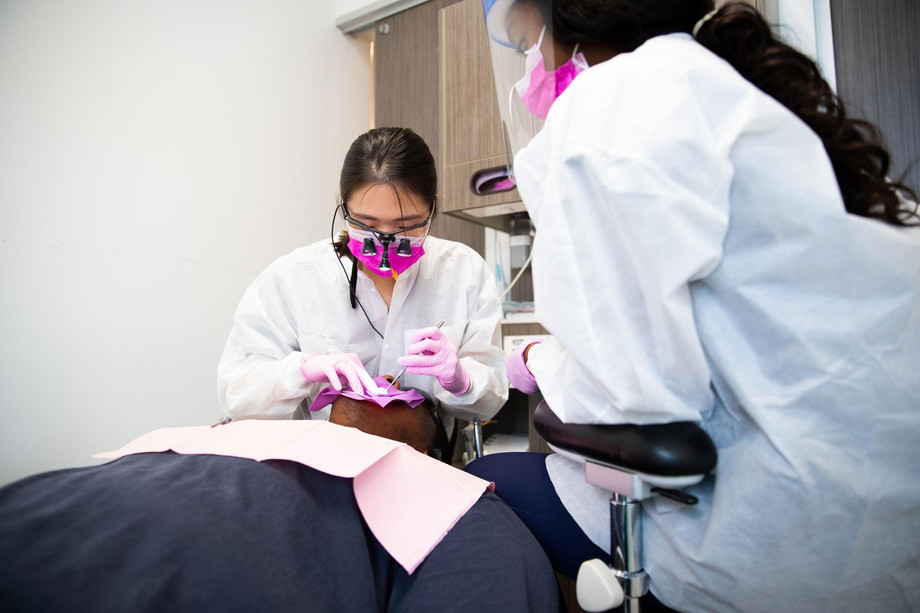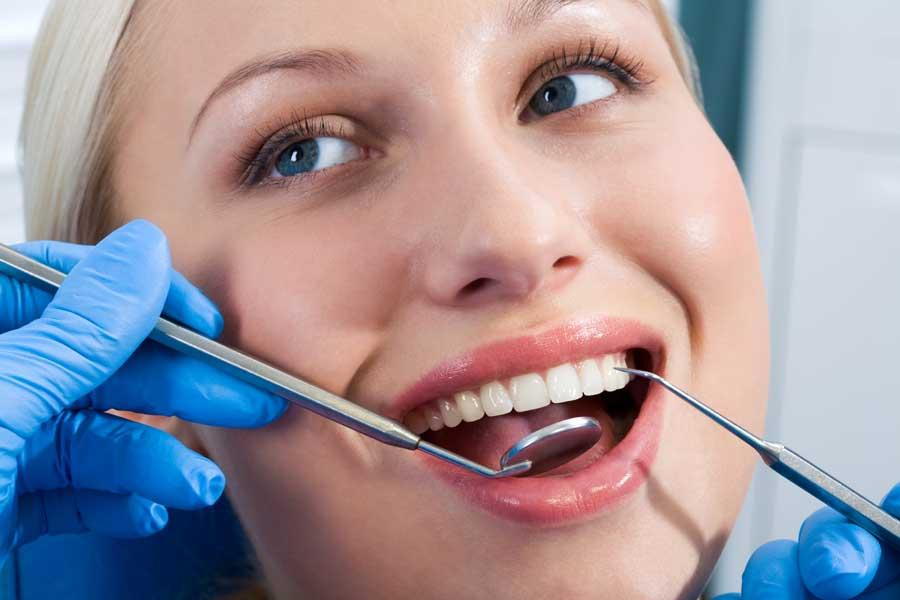Gingivitis, a common and moderate gum disease, causes the gingiva. This gum region surrounds the base of your teeth, to become irritable, red, and swollen (periodontal disease). Symptoms of gingivitis must be taken carefully and treated swiftly. Gingivitis can progress into periodontitis, a more severe form of gum disease, and tooth loss. The most frequent cause of gingivitis is poor dental hygiene. Take signs of gingivitis seriously and address them by maintaining proper oral hygiene habits, such as brushing and flossing twice a day and scheduling regular dental exams. Gingivitis can be avoided and controlled.
What are the apparent symptoms of gingivitis?
Gums in good health are firmly attached to the teeth, firm, and pale pink. Gingivitis symptoms and indicators include:
- Swollen gums
- Dark or dusky red gums
- Easily bleeding gums while brushing or flossing
- Foul breath
- Gums that recede
- Tender or painful gums
What can cause gingivitis?
The most basic cause of gingivitis is poor dental hygiene because it encourages plaque buildup on teeth, which inflames the tissues around the gums. Here's how plaque can result in gingivitis. Come common gingivitis causes may include:
- Plaque, an invisible, sticky film mainly formed of bacteria, develops on your teeth when the starches and sugars in food combine with the bacteria typically present in your mouth. You must constantly remove plaque since it quickly reforms.
- Tartar is the result of plaque. On your teeth, any remaining plaque has the potential to harden into tartar (calculus), which collects bacteria. Tartar causes gumline irritation, making it harder to get rid of plaque, and it serves as a barrier for bacteria. Professional dental cleaning is necessary for tartar elimination.
- Gingiva becomes inflamed (gingivitis). The more time plaque and tartar are allowed to accumulate on your teeth, the more irritation and inflammation there is in the gingiva, the area of your gum at the base of your teeth. You gradually get swollen, easily blendable gums.
What is the treatment for gingivitis?
Professional gingivitis treatment and care involve:
Professional dental cleaning.
Your initial professional cleaning will include scaling and root planing. A procedure also used to remove plaque, tartar, and bacterial products. During scaling, germs and tartar are removed from the gum line and tooth surfaces. Root planning helps to promote good healing by eliminating the germs that cause inflammation and smoothing the root surfaces to stop tartar and bacteria from forming in the future.
Dental restoration, if needed.
Your gums may get inflamed due to misaligned teeth or by crowns, bridges, or other dental restorations that don't fit properly, making it more challenging to remove plaque from your teeth daily. If your teeth or dental restorations are the source of your gingivitis, your dentist may advise treating those problems.
Ongoing care.
Gingivitis typically fades away after a thorough professional cleaning as long as you practice good oral hygiene at home. Together with you, your dentist will create a successful home care routine and a program for regular checkups and cleanings.
Conclusion
The above-provided details and information will help you learn some beneficial facts and aspects regarding gingivitis and its symptoms, causes, and treatment. For more informative updates, please visit urbndental.com.
Article source : https://www.transitsblog.com/what-exactly-is-gingivitis/


Comments